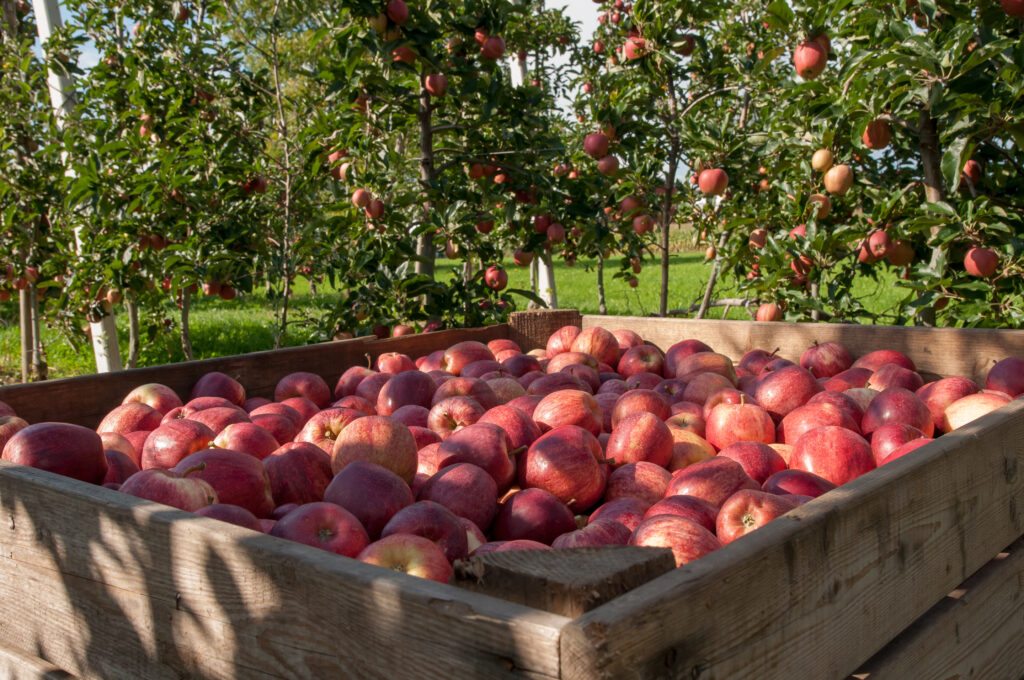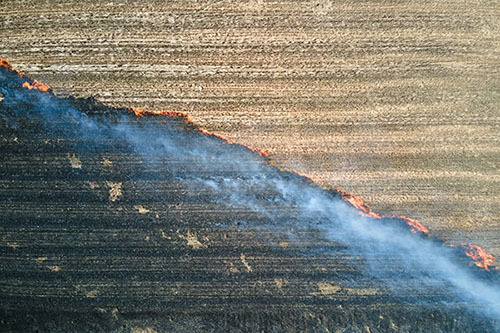Commodity pricing models combined with numerous economic down forces have been squeezing farmers more than ever before in recent decades. commoditization is a consistent threat to new and upcoming produce lines, newly legalized crops, and new varietals. As agricultural consolidation accelerates, and external factors come into play small and midsize farmers experience greater degrees of commoditization. This leads farmers to seek out new and innovative ways to differentiate their crops and, hopefully, free themselves from the commodity pricing model. Is true differentiation possible? Can it last? What are the routes to differentiation farmers can explore? How can we better understand the history of commoditization? And can we learn from the history of commoditization to mitigate its effect on newly legalized crops or new cultivars? We will attempt to answer these questions and more in this multi part blog.types of comm
In this post we cover:
- Commodity pricing
- Commoditization life cycles
- Preventing commoditization
- New varietals
- Newly legalized/deregulated crops
- External pressures on farmers
- A move to CEA cultivation
The process of commoditization and resulting pricing models

At the most basic, coldly economic level commoditization and commodity pricing models occur when the differentiation of products, or for farmers of produce, is lost. It is when any bushel of apples is precisely equivalent to any other bushel of apples in the eyes of consumers, leading to consumers naturally trending toward the lowest price available. To farmers this means a continual reduction of their incomes. This means the constant struggle to meet new external factors constantly reducing margins and revenues. This means increased consolidation of the farming industry, eliminating smaller family farms, and even medium sized farmers, greenhouse organizations and CEA farms.
Why does this occur? Many of you are excruciatingly aware of the causes of commoditization and have operated within commodity pricing models for decades. However, for those who would like a quick overview, we can look to the many commodities traded across history and around the world, many of them agricultural products. Indeed, the original commodities functioned directly as currency in the distant past. Barley was one of the core commodity currencies of the ancient world. Used as wages, recorded in debts, and traded as currency, any barley, from any field, from any farmer, commanded precisely the same value per weight as any other barley from any other field or farmer, this is the core of a true commodity.
Commoditization lifecycle of new varietals and newly legalized crops
From this ancient example it seems the default state of agricultural goods, much like the default state of ore and other natural resources, is commoditization. There are however ways to break free from a default commodity state, and there are situations within agriculture where new crops come on to the scene and are for a time not commodities. These may be brand new cultivars, carefully bred to produce dramatically new flavors, textures, or other characteristics highly desirable to high end chefs and consumers. There may be crops newly legalized as we’ve seen across the US over the past few decades. There may be highly specific and controlled growing conditions used to produce, mainly in CEA environments, significantly higher quality produce. These controlled environments and carefully nurtured crops produce clearly differentiated produce of significantly higher value, as we see with some strawberry greenhouses across Japan and growing around the world.
The novelty of these new crops, cultivars or qualities makes them desirable, differentiated and therefore not commodities. These agricultural products are either not interchangeable for their counterparts from other farmers, in the case of quality differentiation, or are simply so new, so contained by IP protection or layers of regulation that while interchangeability intrinsically present, supply levels are so low and demand so high that the market is not large enough for commodity pricing models to develop.
This begins the largely inevitable lifecycle of commoditization within new cultivars, newly available crops, and perhaps even produce differentiated by quality. This has been seen as new squash varietals are developed, highly popularized and, for a time, highly differentiated. These new squash varietals, prized by chefs and foodies, quickly began the path of commodification as breeders supplied the demand from growers, providing the varietal to more farms. Naturally a tipping point is approached where demand and supply meet. As soon as the number of farmers and the amount of this new varietal produced hits that tipping point where supply is readily available and even over supplied. At this point commoditization shows us how swiftly a force of economic nature can travel through a market.
The same path occurs with newly available, deregulated, or legalized crops, albeit at an artificially slower rate due to the slow march of bureaucracy. For these crops artificially increased value is likely, allowing for farmers to capitalize on a differentiated crop to an even greater degree than usual. Artificially inflated produce value from prohibition or heavy regulation will of course draw not only a large numbers of farmers seeking new high value cash crops, but entirely new entrants into agriculture and CEA, including both entrepreneurs seeing massive market opportunities, and (in the case of a certain recently legalized crop) members of counterculture movements associated with the newly deregulated crops. This influx of producers and suppliers is a true threat to differentiation and will inevitably lead to the commodification lifecycle of newly available crops occurring rapidly, only held back by regulations. We will discuss how to capitalize on these and other differentiation models in part 2 of this blog and go into detail on methods of preventing and slowing the commoditization lifecycle.
External pressures on commodity farmers
With the default products produced by agricultural automatically being caught in commodity pricing models, and the differentiation approaches available to farmers experiencing a quick lifecycle where the economic forces of nature push them into commoditization, farmers don’t need more factors to deal with. This is, of course, unfortunately not the case. A myriad of external factors add onto the issues of producing a default commodity, which increasingly put pressure on and squeeze small and medium size farmers. Small and medium sized farmers, increasingly, are either starved out of the industry, or caught up in consolidation which may or may not be desirable.

Among these dozens of factors are, agrochemical and seed purchasing treadmills, regulations interfering with farmers production methods without providing economic support for costly production method transition (at the time of writing this is occurring with devastating effects across the Netherlands, and we are seeing the long term results of these policies in Sri Lanka). More external pressure comes from consolidated food distributors, disrupted agrochemical supply chains, and accelerating rates of extreme weather events, to name a few.
While all of these factors are important and will need to be addressed across the board by farmers large and small, one external factor poses a particular and relatively insurmountable risk. This is the damage caused by the increasing rates of extreme weather events in recent years. Wildfires raging across Australia, California, and the world at large, droughts, and extreme and unseasonable temperature swings. These rapidly accelerating extreme weather events threaten all farmers. All farmers, at least, who remain in the field, and have not yet moved to CEA production methods.
A shift to favoring CEA cultivation methods can be seen in the recent history of agricultural investment. This is due, in large part, to seeking protection from external factors, along with an availability to follow certain routes to differentiation, including differentiation based on new varietals and crops, and based on protection from unexpected and extreme weather events. CEA solutions also allow for easy implementation of innovative solutions to allow for differentiation based on sustainability and higher quality produce. All differentiation strategies are most valuable in the long term when adopted early and when the implementation of this early adoption by the farmer is made clear to consumers and associated, permanently, with the farmer or distributors brand. Differentiation strategies like higher quality production, which we see having great success across Japan. And differentiation strategies like moving to organic, and beyond organic or no-residue production methods through switching to solutions like IntraLights as the main crop protection solution.
Ultimately commoditization pricing models can be broken. This will only occur when innovative producers are quick to adopt new varietals, production methods, and innovative technologies. And this will only last when carefully implemented and protected.

